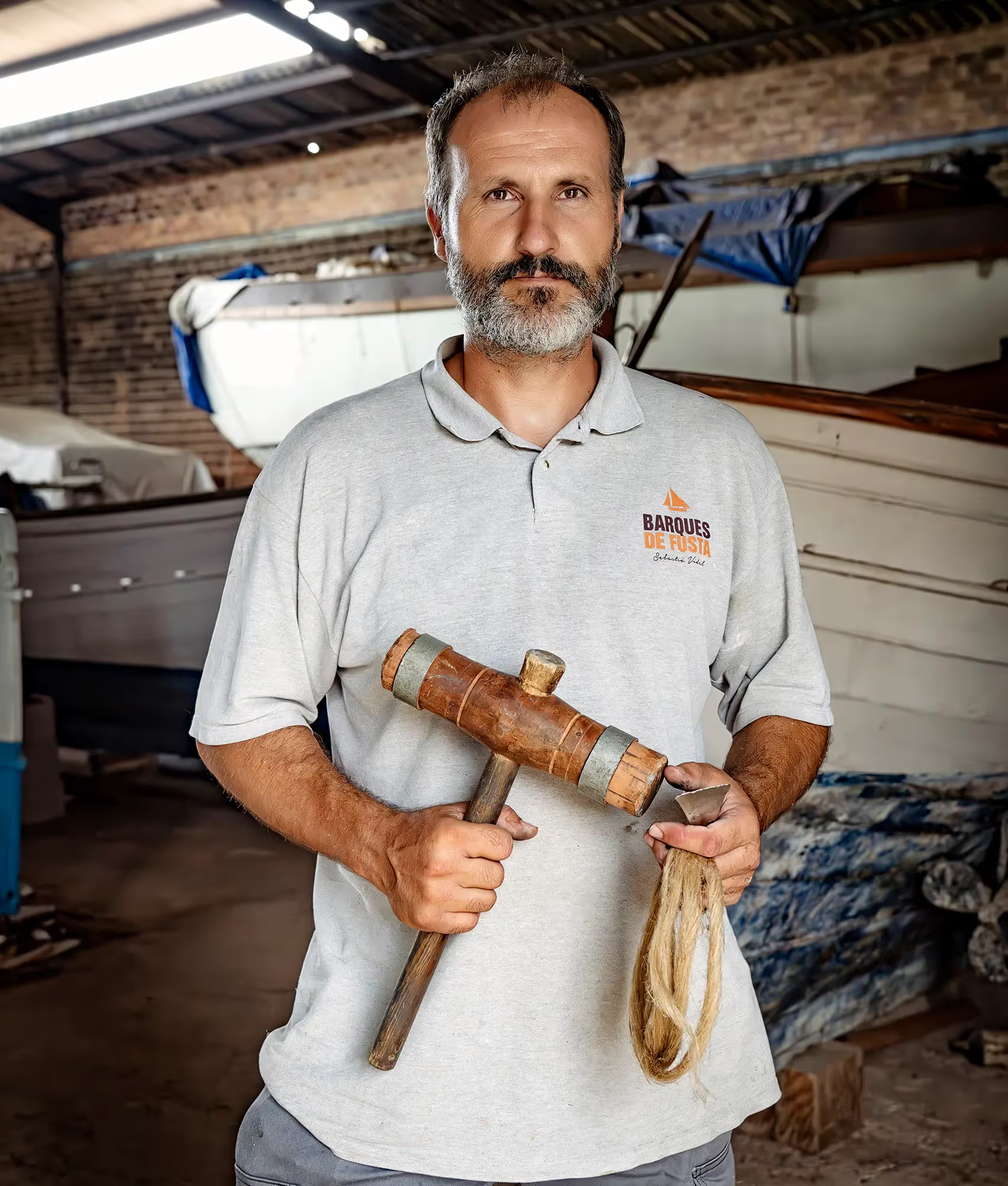
Muchos de los lugares los encuentro simplemente deambulando. Iré a una ciudad o vecindario y simplemente caminaré. Nunca se ha escrito sobre muchos de los edificios que encuentro; mucha de la arquitectura de la década de 1960, por ejemplo, no parece haber sido celebrada de la manera que se merece. Por lo tanto, encontrar información puede ser lento. Escribo a los propietarios de hoteles y casas y, con frecuencia, la gente me responde. También soy periodista, así que sé cómo encontrar fuentes. Además de eso, quiero fotos que valga la pena compartir. A veces vuelvo a un lugar varias veces para conseguir lo que quiero. Empecé a tomar fotografías con mi teléfono, pero luego me cambié a una Fujifilm X100VI. En un buen día se obtienen resultados asombrosos, pero, a diferencia de la cámara de un teléfono, puede ser temperamental, pero ahora es mi compañera en este proyecto. Tenemos que llevarnos bien. También espero que haya algo de rigor en el encuadre de las imágenes, en el proceso de desempaquetar los elementos que hacen que un edificio cante. No todo es perfecto en la cuenta, pero creo que parece coherente y espero que revele que se puso un poco de cuidado en el proceso.


Los edificios sobre los que fotografío y escribo son de finales del siglo XIX hasta la actualidad, y de todo, desde iglesias hasta tiendas. Lo que me encanta es que, a lo largo de este período, parece que todos los movimientos arquitectónicos han llegado a la isla: de repente encontrarás una joya brutalista en un pueblo, una declaración del modernismo catalán en una ciudad industrial. Y, hoy en día, Mallorca conserva una increíble concentración de talento en diseño que se encuentra entre los mejores del mundo. Eso me mantiene mirando, mirando el horizonte.
Me gustaría hacer un libro. ¡Debe haber al menos cinco personas que quieran una copia! Como periodista y editora de revistas, me gusta la impresión y el proceso de edición, perfeccionamiento y selección, por lo que, en algún momento, un libro sería un buen resultado. Y una excusa para una fiesta.



Llegué a la isla por primera vez de vacaciones, hace más de 20 años. Un amigo, Tyler Brûlé, fundador y editor de la revista Wallpaper, había estado hospedado en el recién inaugurado Hotel Portixol y me animó a visitarlo. No digo que sea persuasivo, pero seguí su consejo y así empezó mi relación con Mallorca.
Luego, en 2007, me uní a Tyler en su siguiente proyecto, la revista Monocle. Y dos años después de su lanzamiento, en 2009, Tyler sugirió que hiciéramos algo divertido para mantenernos en contacto con los lectores cuando se dirigían a sus vacaciones de verano y se trazó un plan para abrir una tienda de temporada para ese mes de agosto en Santa Catalina, Palma. Durante ese verano de 2009, ambos dirigimos la tienda en varias ocasiones; resulta que se me da bien empaquetar las compras. Fue muy divertido. Volví a registrarme en el Hotell Portixol. Ya no había nada que me mantuviera alejado de Mallorca.
No. Porque, a medida que el archivo crece, me divierto creando colecciones y encontrando temas en las imágenes, desde elementos arquitectónicos que ayudan a mantenerte fresco en verano hasta letreros que dicen «cuidado con el perro» en las casas. Y también porque todo el tiempo se inauguran muchos edificios nuevos e interesantes.
No tengo un top 5 pero aquí hay cinco que me gustan mucho
1. El primer lugar que publiqué fue el edificio Ultima Hora en el Paseo Mallorca de Josep Alcocer, construido entre 1962 y 1967. Una belleza con una fachada cubierta de contraventanas de madera. Está frente a un edificio de Ohlab construido en 2022, el Paseo Mallorca 15, que también utiliza madera exterior, esta vez en forma de vigas verticales, para crear sombra y filtrar el sol para sus residentes. Ambos son proyectos importantes.
2. El Hotel Araxa, terminado en 1958, por Francesc Mitjans Miró (también diseñó el Palma Sport and Tennis Club). Si bien muchos hoteles de la época han perdido todo su encanto original debido a «mejoras» fuera de lugar, el Araxá brilla con todas sus promesas iniciales.
3. Església de Es Llombards, construida en 1962 por Antoni Alomar. Me encanta su trabajo, debería ser mundialmente famoso. Esta iglesia es una declaración modernista muy audaz, pero con toques de artesanía y detalles que hacen que el espíritu se dispare.
4. El estudio de Lluís Castaldo en Sollér de Sebastian Gamundi. El edificio se alza sobre una delgada franja de terreno entre dos calles y su diseño inusual, con una marquesina de hormigón que se hunde en un extremo, hace que parezca casi un armadillo agachado.
5. Gran Meliá Hotel de Mar, Illetes, 1964, de José Antonio Coderch. Conocido también como el Hotel de Chocolat por los azulejos de color marrón rojizo que cubren su fachada. Y un diseño inteligente que significa que todas las habitaciones tienen vistas al mar.
.avif)










